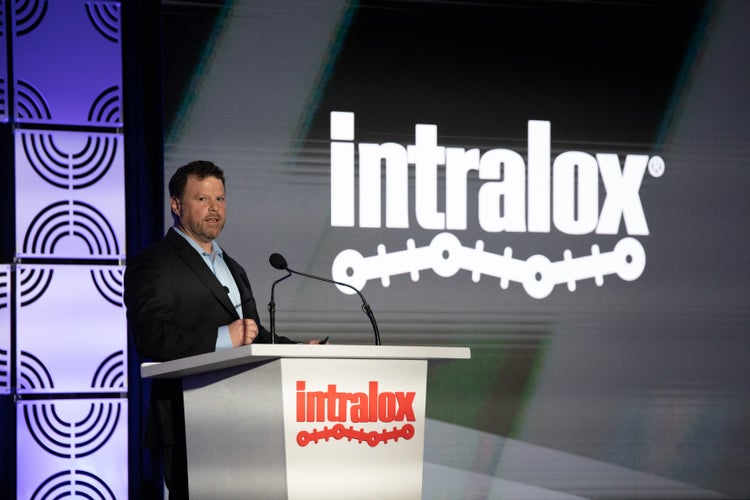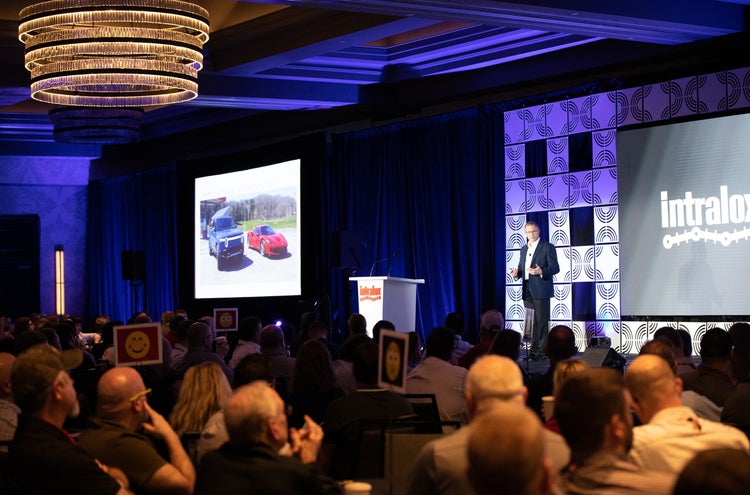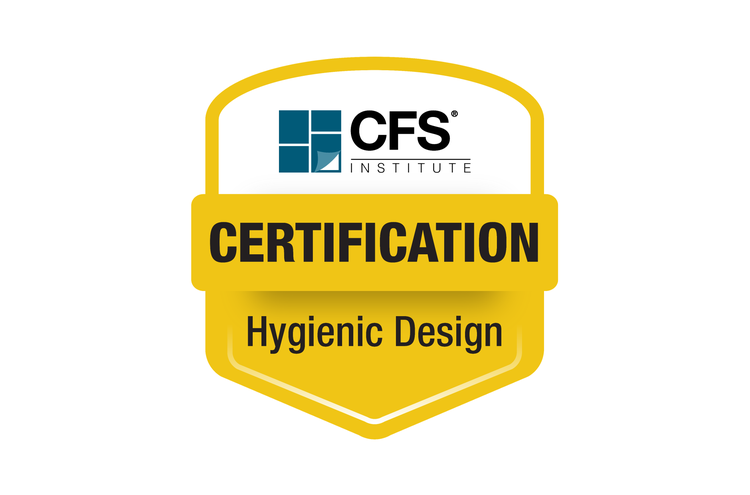Fast Food Leader Learns Lessons in Hygienic Design

Excerpt reprinted with permission. Read the full article at ProFood World.com.
Inspire Brands is a young company, just five years old, but it’s made up of several mature restaurant chains—Arby’s, Baskin-Robbins, Buffalo Wild Wings, Dunkin’, Jimmy John’s, and Sonic Drive-In—that, together, make it the second largest restaurant company in the U.S. by sales. “Mature restaurant chains, young company—it’s definitely been a learning curve and a great opportunity for us to move forward,” says Chris Polito, director of food safety for Inspire.
It's not been without its challenges, as Chris Polito, director of food safety for Inspire Brands, detailed for attendees of a food safety forum hosted by Commercial Food Sanitation (CFS) as part of the Intralox NEXT event this month in New Orleans. Inspire Brands has a shared service model today, but early on, its various brands were working in their own silos. As Inspire brought each of those brands together for joint efforts and learnings, it used both reactive and proactive lessons to move the organization forward as a whole.
"In other words, focusing on prevention for the future to try and mitigate those things from occurring again.”
“Designing for greatness [CFS’s theme for the forum] is best done proactively, right? But sometimes something rears its ugly head, and we have to learn the hard way,” Polito says. “The key is to embrace those learnings and really focus on building the walls taller and stronger. In other words, focusing on prevention for the future to try and mitigate those things from occurring again.”
Some of the stories that Polito shared dealt more with equipment used within the restaurants—flies getting into new drink machines with faulty seals, for example, which led to better testing of the equipment received. But he also zeroed in on problems that Inspire’s food suppliers were facing with their equipment, which led in turn to contamination of the food supply. The final case that Polito presented was a happier tale—one of prevention through improved hygienic standards. “More and more, we are seeing food suppliers step up and improve their hygienic design programs. And there’s one in particular that we’ve had the pleasure of working with and observing over the last four or five years,” he says. “They’ve made the investment into hygienic design, and every year that I’ve been in there, it is night and day, it’s hard to recognize. They’ve realized a lot of benefits from going this route.”
“They’ve made the investment into hygienic design. And they’ve realized a lot of benefits from going this route.”
Some key takeaways from Polito:
- Prevention is always best at the source. “In a lot of cases, we learned the hard way from this,” he says.
- Embrace the learnings, although it can be hard to do. “Get your arms around it, and market the importance when you have something go wrong, so people understand the value.”
- Partner with the companies that invest in hygienic design. “Not all of them do it, but there’s a good many that do, and they do it well.”



